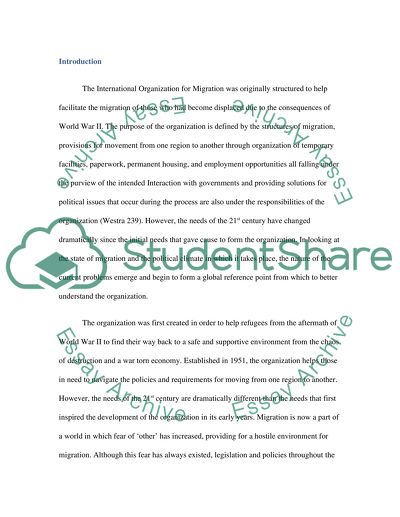Cite this document
(“The Purpose and Effectiveness of the International Organization of Essay”, n.d.)
Retrieved de https://studentshare.org/sociology/1391001-the-purpose-and-effectiveness-of-the-international-organization-of-migration-in-the-21st
Retrieved de https://studentshare.org/sociology/1391001-the-purpose-and-effectiveness-of-the-international-organization-of-migration-in-the-21st
(The Purpose and Effectiveness of the International Organization of Essay)
https://studentshare.org/sociology/1391001-the-purpose-and-effectiveness-of-the-international-organization-of-migration-in-the-21st.
https://studentshare.org/sociology/1391001-the-purpose-and-effectiveness-of-the-international-organization-of-migration-in-the-21st.
“The Purpose and Effectiveness of the International Organization of Essay”, n.d. https://studentshare.org/sociology/1391001-the-purpose-and-effectiveness-of-the-international-organization-of-migration-in-the-21st.


